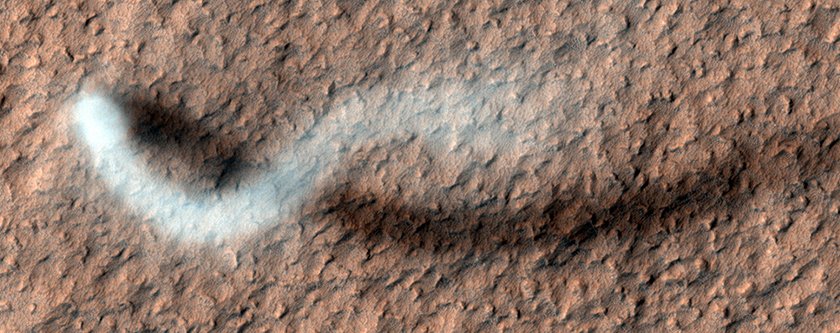
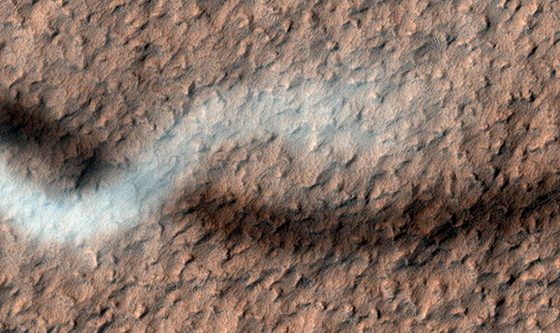
News
Martian dust storms are driving away spacecraft-saving dust devils
Dust devils are pretty common on Mars – the Red Planet is, after all, a very dusty and windy place. What’s a bit more rare is capturing one of the whirling devils on film. That’s because they fade away nearly as quickly as they appear.
But in October 2019, NASA’s Mars Reconnaissance Orbiter managed to snap a photo of a massive dust devil in action, courtesy of the Mars Reconnaissance Orbiter’s High Resolution Imaging Science Experiment (HiRISE), a powerful camera that’s been snapping photos of the Martian surface since 2006.
NASA’s first glimpse of one of these dust storms came in 1971 when the Mariner 9 spacecraft — the first to orbit another planet — arrived at the red planet. Since then, we’ve seen quite a few of these dusty spectacles global storms: in 1977 (twice), 1982, 1994, 2001, 2007 and 2018.
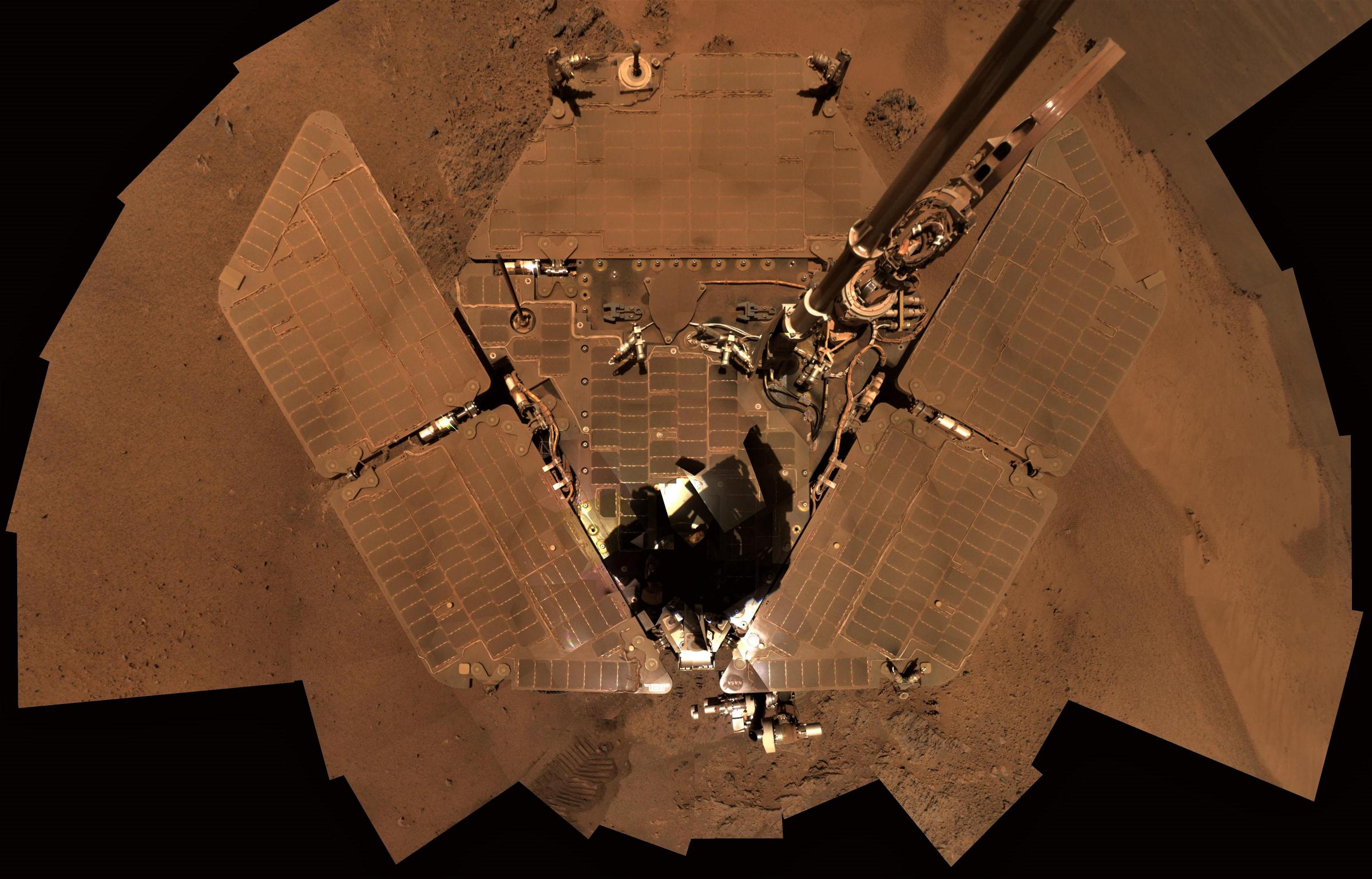
In 2018, we lost the Opportunity rover to the strongest dust storm ever observed on Mars. It blotted out nearly all of the sun’s light for several weeks, turning day into night and preventing the rover from being able to charge its batteries. (Opportunity and its twin, Spirit, ran on solar power, as opposed to Curiosity and the Mars 2020 rover, which run on nuclear power.)
Martian dust storms are common, especially at specific times in the year, like during the southern hemisphere’s spring and summer. Localized storms tend to last a couple of days and can cover regions of the planet the size of the United States. But planet-encircling ones are a different story.
These massive, global storms are usually unpredictable, and can linger for months at a time. “We still don’t know what drives the variability, but the 2018 storm gives another data point,” says Scott Guzewich, an atmospheric scientist at NASA’s Goddard Space Flight Center in Greenbelt, Maryland, who’s a lead in NASA’s dust storm investigation.
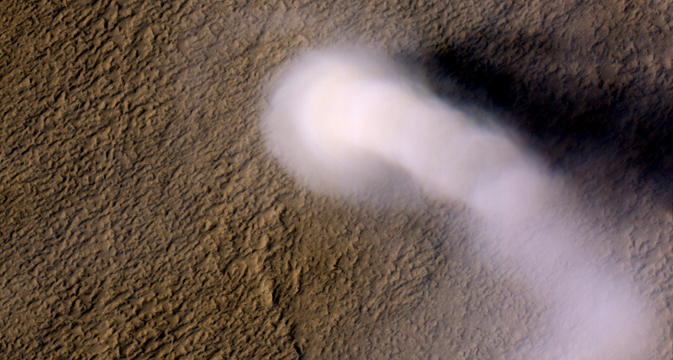
Dust devils are rotating columns of air and dust that form when hot air from the surface rises. The current of air created forms a whirlwind, which can be useful for clearing off solar panels on spacecraft as they pass over.
As we move towards potential human missions we need to know how the dust will affect astronauts as well as their equipment. Understanding how often these phenomena occur will be extremely helpful for future missions.
During the dust storm of 2018, Curiosity was able to collect data about the storm, watching as its effects were felt half a world away from where Opportunity sat, hunkered down and hibernating.
Curiosity discovered that dust devils disappear during a dust storm, which happens to be when we need them the most. And they’re gone for several months afterwards as well. This is because the storm interrupts the wind-generating processes that spawn the dust devils.
According to Guzewich, understanding a global storm’s impact on dust devils is a crucial component in planning how to manage equipment during future Mars missions. “You need to be prepared to go a while before your next dust devil passes over and cleans you off,” he said.
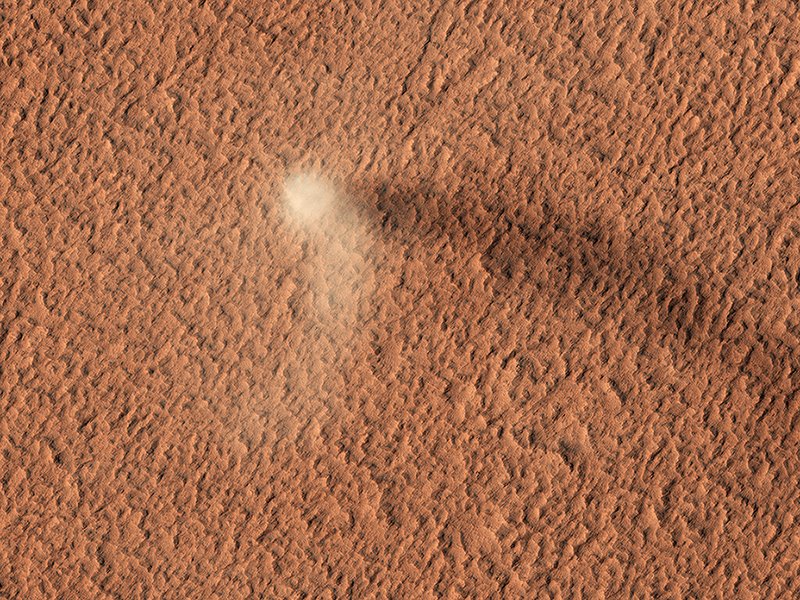
Researchers at the University of Arizona recently published details on a newly photographed dust devil, which formed on the volcanic plains of Amazonis Planitia.
According to the HiRISE imaging team, the core of the dust devil is 164 feet (50 meters) wide, and probably about 2,32 feet (650 meters) tall. As massive as it sounds, there are even larger ones whirling around.
In March 2012, HiRISE took a photo of an active dust devil that was a whopping 12 miles (20 kilometers) tall. But was only slightly wider than the most recent one, at just over 229 feet (70 meters) wide.
For the first time, humanity has a fleet of spacecraft orbiting Mars as well as one rover roaming the surface right now (with two more to follow in the coming months). With their help, scientists will be able to better understand this puzzling phenomenon.

News
Tesla FSD fleet is nearing 7 billion total miles, including 2.5 billion city miles
As can be seen on Tesla’s official FSD webpage, vehicles equipped with the system have now navigated over 6.99 billion miles.

Tesla’s Full Self-Driving (Supervised) fleet is closing in on almost 7 billion total miles driven, as per data posted by the company on its official FSD webpage.
These figures hint at the massive scale of data fueling Tesla’s rapid FSD improvements, which have been quite notable as of late.
FSD mileage milestones
As can be seen on Tesla’s official FSD webpage, vehicles equipped with the system have now navigated over 6.99 billion miles. Tesla owner and avid FSD tester Whole Mars Catalog also shared a screenshot indicating that from the nearly 7 billion miles traveled by the FSD fleet, more than 2.5 billion miles were driven inside cities.
City miles are particularly valuable for complex urban scenarios like unprotected turns, pedestrian interactions, and traffic lights. This is also the difference-maker for FSD, as only complex solutions, such as Waymo’s self-driving taxis, operate similarly on inner-city streets. And even then, incidents such as the San Francisco blackouts have proven challenging for sensor-rich vehicles like Waymos.
Tesla’s data edge
Tesla has a number of advantages in the autonomous vehicle sector, one of which is the size of its fleet and the number of vehicles training FSD on real-world roads. Tesla’s nearly 7 billion FSD miles then allow the company to roll out updates that make its vehicles behave like they are being driven by experienced drivers, even if they are operating on their own.
So notable are Tesla’s improvements to FSD that NVIDIA Director of Robotics Jim Fan, after experiencing FSD v14, noted that the system is the first AI that passes what he described as a “Physical Turing Test.”
“Despite knowing exactly how robot learning works, I still find it magical watching the steering wheel turn by itself. First it feels surreal, next it becomes routine. Then, like the smartphone, taking it away actively hurts. This is how humanity gets rewired and glued to god-like technologies,” Fan wrote in a post on X.
News
Tesla starts showing how FSD will change lives in Europe
Local officials tested the system on narrow country roads and were impressed by FSD’s smooth, human-like driving, with some calling the service a game-changer for everyday life in areas that are far from urban centers.

Tesla has launched Europe’s first public shuttle service using Full Self-Driving (Supervised) in the rural Eifelkreis Bitburg-Prüm region of Germany, demonstrating how the technology can restore independence and mobility for people who struggle with limited transport options.
Local officials tested the system on narrow country roads and were impressed by FSD’s smooth, human-like driving, with some calling the service a game-changer for everyday life in areas that are far from urban centers.
Officials see real impact on rural residents
Arzfeld Mayor Johannes Kuhl and District Administrator Andreas Kruppert personally tested the Tesla shuttle service. This allowed them to see just how well FSD navigated winding lanes and rural roads confidently. Kruppert said, “Autonomous driving sounds like science fiction to many, but we simply see here that it works totally well in rural regions too.” Kuhl, for his part, also noted that FSD “feels like a very experienced driver.”
The pilot complements the area’s “Citizen Bus” program, which provides on-demand rides for elderly residents who can no longer drive themselves. Tesla Europe shared a video of a demonstration of the service, highlighting how FSD gives people their freedom back, even in places where public transport is not as prevalent.
What the Ministry for Economic Affairs and Transport says
Rhineland-Palatinate’s Minister Daniela Schmitt supported the project, praising the collaboration that made this “first of its kind in Europe” possible. As per the ministry, the rural rollout for the service shows FSD’s potential beyond major cities, and it delivers tangible benefits like grocery runs, doctor visits, and social connections for isolated residents.
“Reliable and flexible mobility is especially vital in rural areas. With the launch of a shuttle service using self-driving vehicles (FSD supervised) by Tesla in the Eifelkreis Bitburg-Prüm, an innovative pilot project is now getting underway that complements local community bus services. It is the first project of its kind in Europe.
“The result is a real gain for rural mobility: greater accessibility, more flexibility and tangible benefits for everyday life. A strong signal for innovation, cooperation and future-oriented mobility beyond urban centers,” the ministry wrote in a LinkedIn post.
News
Tesla China quietly posts Robotaxi-related job listing
Tesla China is currently seeking a Low Voltage Electrical Engineer to work on circuit board design for the company’s autonomous vehicles.

Tesla has posted a new job listing in Shanghai explicitly tied to its Robotaxi program, fueling speculation that the company is preparing to launch its dedicated autonomous ride-hailing service in China.
As noted in the listing, Tesla China is currently seeking a Low Voltage Electrical Engineer to work on circuit board design for the company’s autonomous vehicles.
Robotaxi-specific role
The listing, which was shared on social media platform X by industry watcher @tslaming, suggested that Tesla China is looking to fill the role urgently. The job listing itself specifically mentions that the person hired for the role will be working on the Low Voltage Hardware team, which would design the circuit boards that would serve as the nervous system of the Robotaxi.
Key tasks for the role, as indicated in the job listing, include collaboration with PCB layout, firmware, mechanical, program management, and validation teams, among other responsibilities. The role is based in Shanghai.
China Robotaxi launch
China represents a massive potential market for robotaxis, with its dense urban centers and supportive policies in select cities. Tesla has limited permission to roll out FSD in the country, though despite this, its vehicles have been hailed as among the best in the market when it comes to autonomous features. So far, at least, it appears that China supports Tesla’s FSD and Robotaxi rollout.
This was hinted at in November, when Tesla brought the Cybercab to the 8th China International Import Expo (CIIE) in Shanghai, marking the first time that the autonomous two-seater was brought to the Asia-Pacific region. The vehicle, despite not having a release date in China, received a significant amount of interest among the event’s attendees.








